Rental Squeeze Worsens for Low-Income Earners
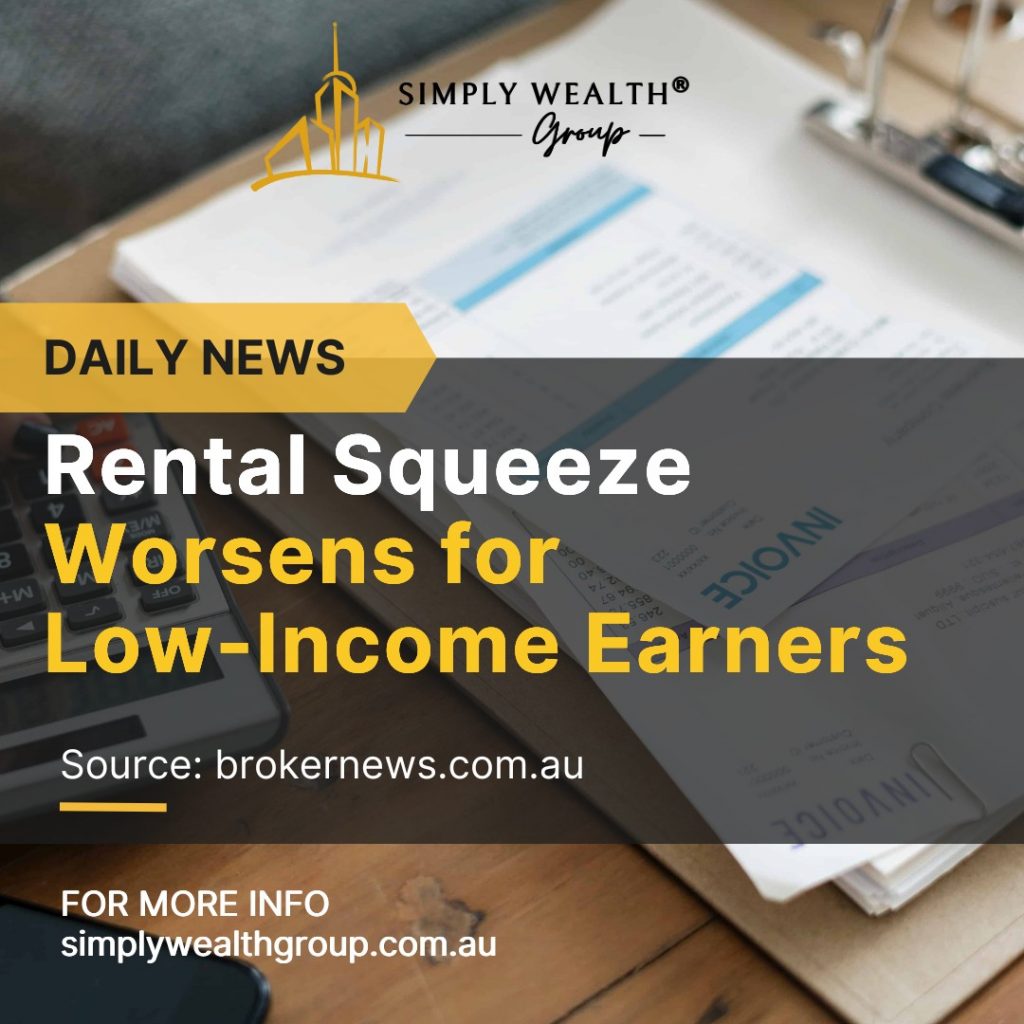
The rental market in Australia is seeing a significant shift as high-income earners increasingly dominate the private rental sector, squeezing out lower-income households, according to PropTrack. “High income earners are squeezing lower income earners in the rental market, highlighting the urgent need for more affordable housing,” said Eleanor Creagh PropTrack senior economist. The shift is detailed in a recent Australian Housing and Urban Research Institute (AHURI) paper, which showed that higher income earners have grown from representing 8% of the private rental market in 1996 to 24% in 2021. You may read the whole article here:https://bit.ly/3JIMJs1
Housing Market Defies Economic Pressure
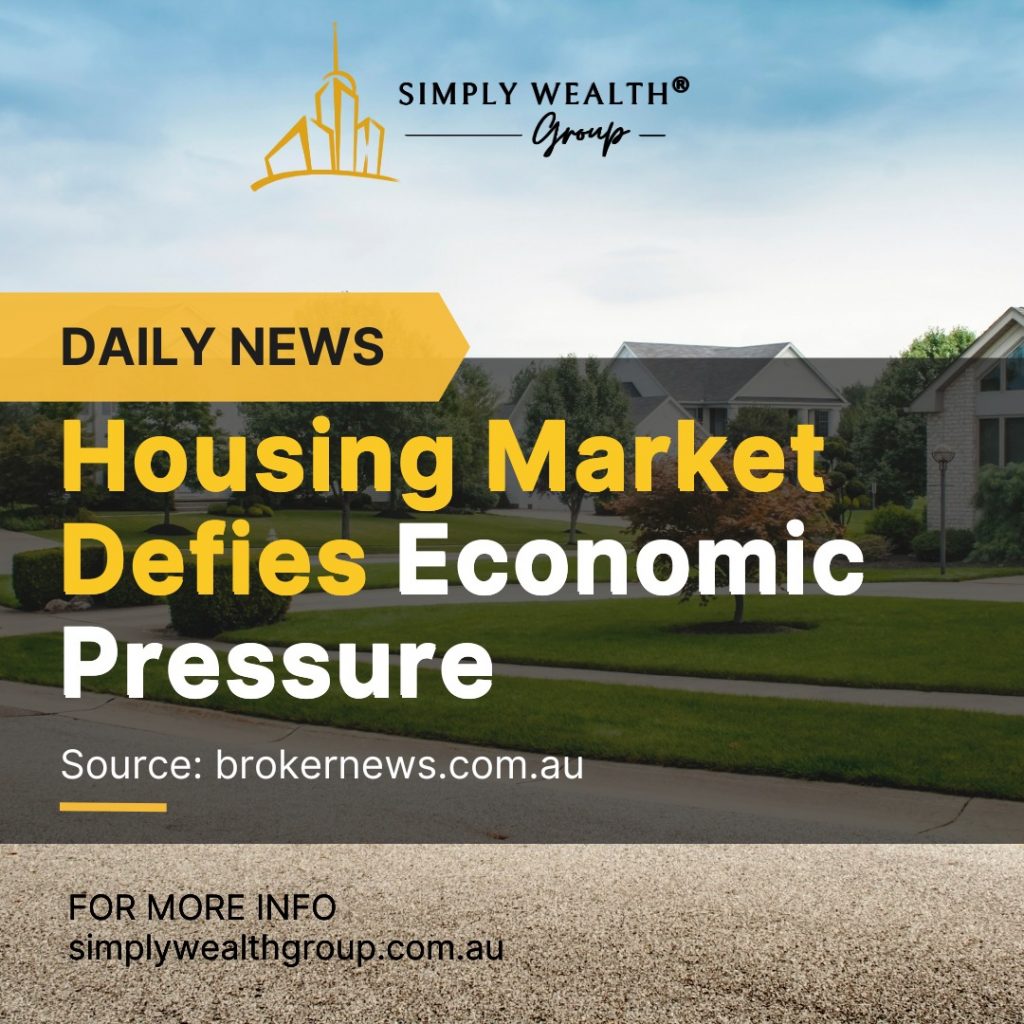
The Australian housing market continues to show remarkable resilience despite increasing cost-of-living pressures and higher interest rates, according to Herron Todd White. HTW’s Month in Review for April showed that demand for housing remains high, driven largely by population growth, which starkly contrasts with a dwindling supply due to building approval delays, material shortages, labour scarcities, and financial strains on builders. Supply constraints and market dynamicsThe current imbalance between supply and demand is maintaining market stability across most regions. You may read the whole article here:https://bit.ly/3xYvnEU
Cash Rate Peak May Hit 5.1%: Economist

Interest rate hikes may continue to rise in the later half of the year, an economist has said. Judo Bank’s chief economic adviser Warren Hogan has said the bank has changed its central case economic forecast to project a peak cash rate of 5.10 per cent in 2024.According to Hogan, he expects the Reserve Bank of Australia (RBA) to commence hiking interest rates once again starting in August this year, followed by two more rate hikes in September and November. He stated that the flow of economic data over the last six weeks has “shifted the most likely path” for the economy and inflation. You may read the whole article here:https://bit.ly/3UBmYzU
High Population Density’s Effect on Housing Trends
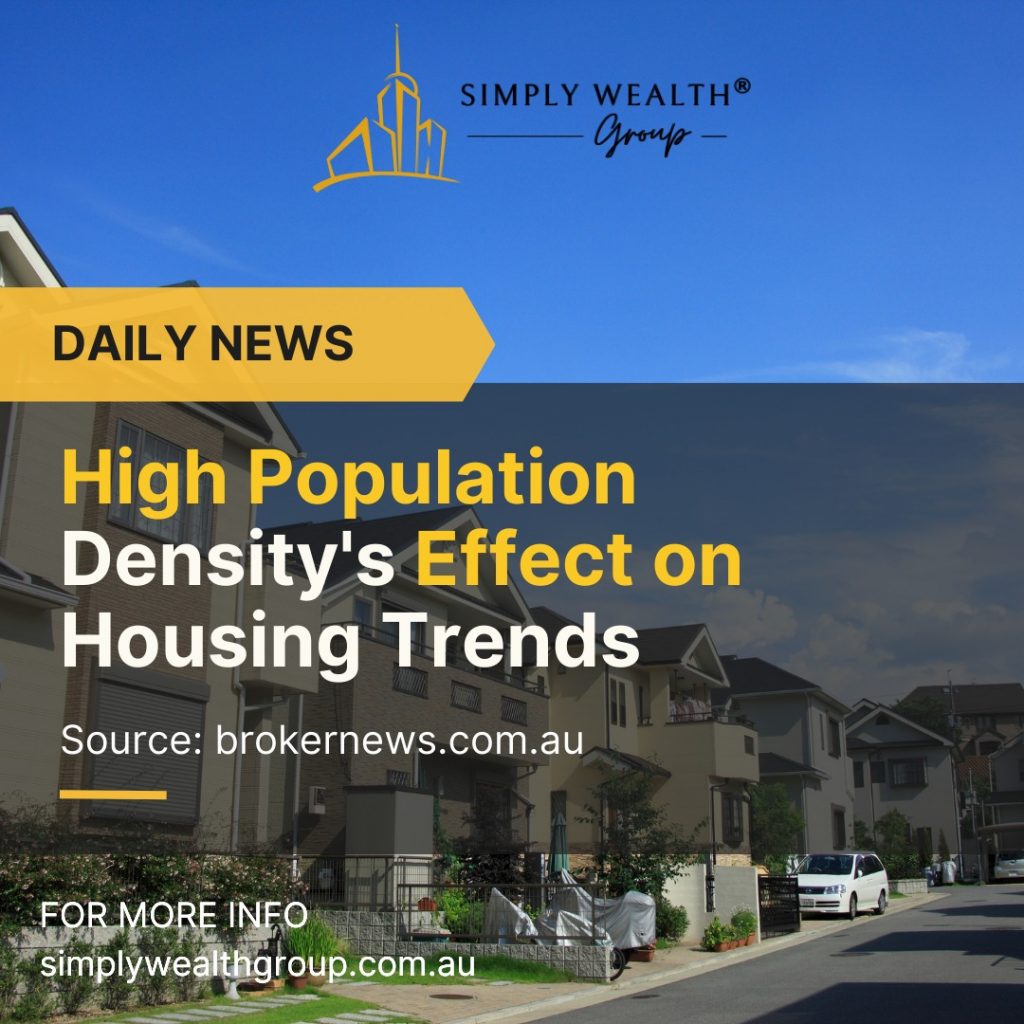
According to CoreLogic research director Tim Lawless, the population growth in Australia is reshaping housing trends significantly. “With Australia’s population moving through the fastest rate of growth since the 1950s, our cities and towns are naturally densifying,” Lawless said. He said that despite Australia’s overall low population density of 3.5 people per square kilometer, the majority resides in major cities, leading to a skewed representation of density and its effects. You may read the whole article here:https://tinyurl.com/yc2wfa3r
High Population Density Hampering Unit Value Growth: Corelogic

Areas with high population density have been found to dampen value growth in units, CoreLogic’s research director has said. CoreLogic’s latest Property Pulse research has indicated that there is a significant relationship between unit values and population density. This data comes as CoreLogic (in collaboration with ANZ) found that the latest estimate of median annual household income nationally is $100,244 before taxes and assuming 30 percent of this income is used on mortgage repayments at current average variable rates (around 6.3 percent), an affordable dwelling purchase would be around $503,000. However, as home values continue to climb, this affordable purchase price is below most actual dwelling values as the median Australian unit price sits around $640,000, while the median house price is around $834,000. You may read the whole article here:https://shorturl.at/bkmq9
Australian Housing Crisis Set to Intensify
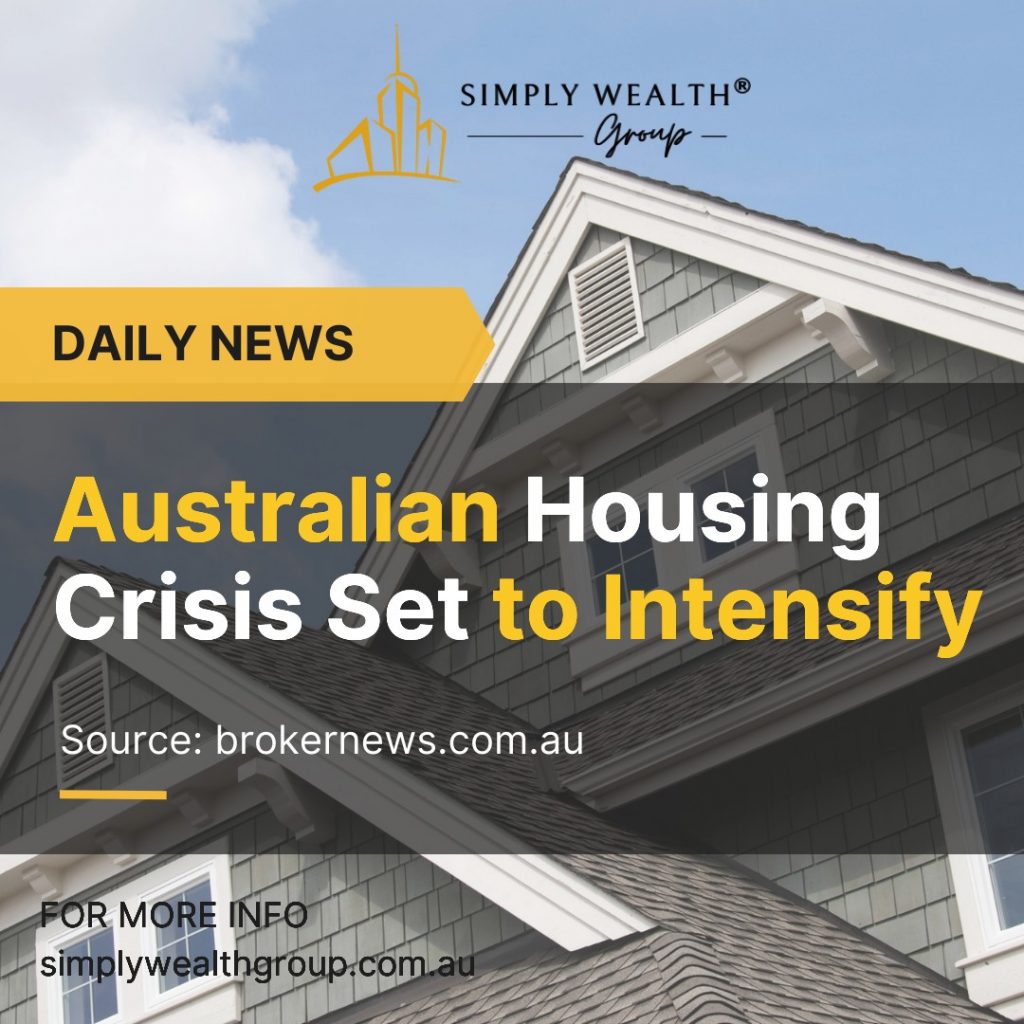
According to Deloitte Access Economics, Australia’s ongoing housing crisis is projected to intensify before any improvement is seen, putting pressure on the federal government to address these issues in the upcoming May budget. “The cost of land, materials, and labour will stay at higher levels, while recent insolvency rates suggest builders will need bigger profit margins if they are to deliver the significant lift in dwellings that governments and the community are crying out for,” said Stephen Smith, partner at Deloitte Access Economics, in the firm’s latest business outlook report. Building challenges and economic pressuresSmith expressed concern that achieving the national goal of constructing 1.2 million new homes from mid-2024 may not be feasible due to the current construction pace, hindered by sluggish new dwelling starts and a backlog of unfinished homes plaguing builders, according to an NCA Newswire report. “The correcting [of] the housing crisis will take years and will get quite a lot worse before it gets better,” Smith said. You may read the whole article here:https://bit.ly/3Qct4V6
Seeking Solutions for Housing Affordability

Richard Yetsenga, chief economist at ANZ, challenged the notion that increasing housing supply is the silver bullet for Australia’s affordability issues, arguing that a market-based supply response alone is insufficient. “Much of the discussion around Australia’s worsening housing affordability challenges offers a market-based supply response as the ideal solution,” Yetsenga said in a recent analysis. “But responding to these challenges with new supply, in the absence of pushing just as hard on other policies, is unlikely to materially improve affordability, even in the medium term.” Economic and market dynamics complicate new buildsThe complexities of the housing market, including diseconomies of scale and speculative behaviours, contribute to the difficulty in addressing affordability through new construction alone. You may read the whole article here:https://bit.ly/4aLmUn0
Australian Company Failures Surge – ASIC

There is a concerning rise in the number of failing Australian companies, latest insolvency data from the Australian Securities & Investments Commission (ASIC) has shown. During the nine-month period from July 2023 to March 2024, a total of 7,742 companies entered external administration, marking a 36.2% increase compared to the same period in the previous year. The construction sector, with 2,142 companies, and the accommodation and food services industries, with 1,174 failures, were the hardest hit, accounting for approximately 27.7% and 15.2% of the total, respectively. You may read the whole article here:https://bitly.ws/3ijFS
Tarneit

Tarneit, located in the western suburbs of Melbourne, Victoria, is a suburb that has experienced rapid growth and transformation over the past decade. With its strategic location near public transportation and numerous amenities, it is poised to continue thriving and is anticipated to be one of the fastest-growing areas in the Greater Melbourne region in the coming years. Get to own this House and Land Package in Tarneit for only $695,500! Land Size: 282 sqm House Size: 166 sqm 4 Bedrooms 2 Bathrooms 1 Living Room 2 Car for Garage Land Settlement: September 2024 𝗟𝗼𝗰𝗮𝗹 𝗥𝗲𝘃𝗶𝗲𝘄𝘀 𝘁𝗼 Tarneit:“Great suburb, lovely area, friendly locals” 𝗙𝗼𝗿 𝗺𝗼𝗿𝗲 𝗱𝗲𝘁𝗮𝗶𝗹𝘀, 𝗷𝘂𝘀𝘁 𝗰𝗮𝗹𝗹 𝘂𝘀: 1300 074 675 or send us a message on Whatsapp +61 488 859 637 For more updates, follow us on social media:Facebook: Simply WealthInstagram: @simplywealthgroupWebsite: simplywealthgroup.com.auTwitter: @SimplyWealthGrp
Clyde North
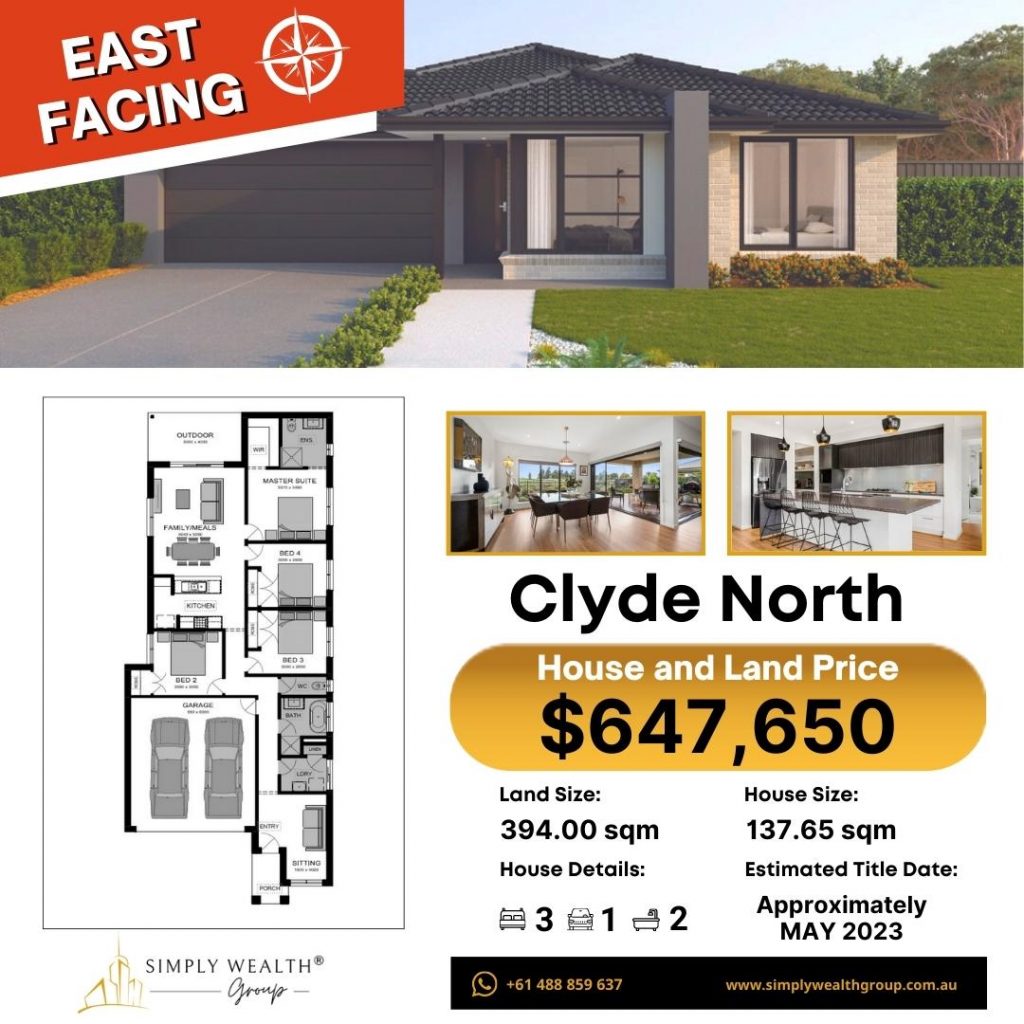
Our Clyde North property package includes a variety of homes to suit all tastes and budgets, from modern townhouses to spacious family homes. Each property has been carefully selected for its quality and affordability, ensuring that you get the best value for your money.

